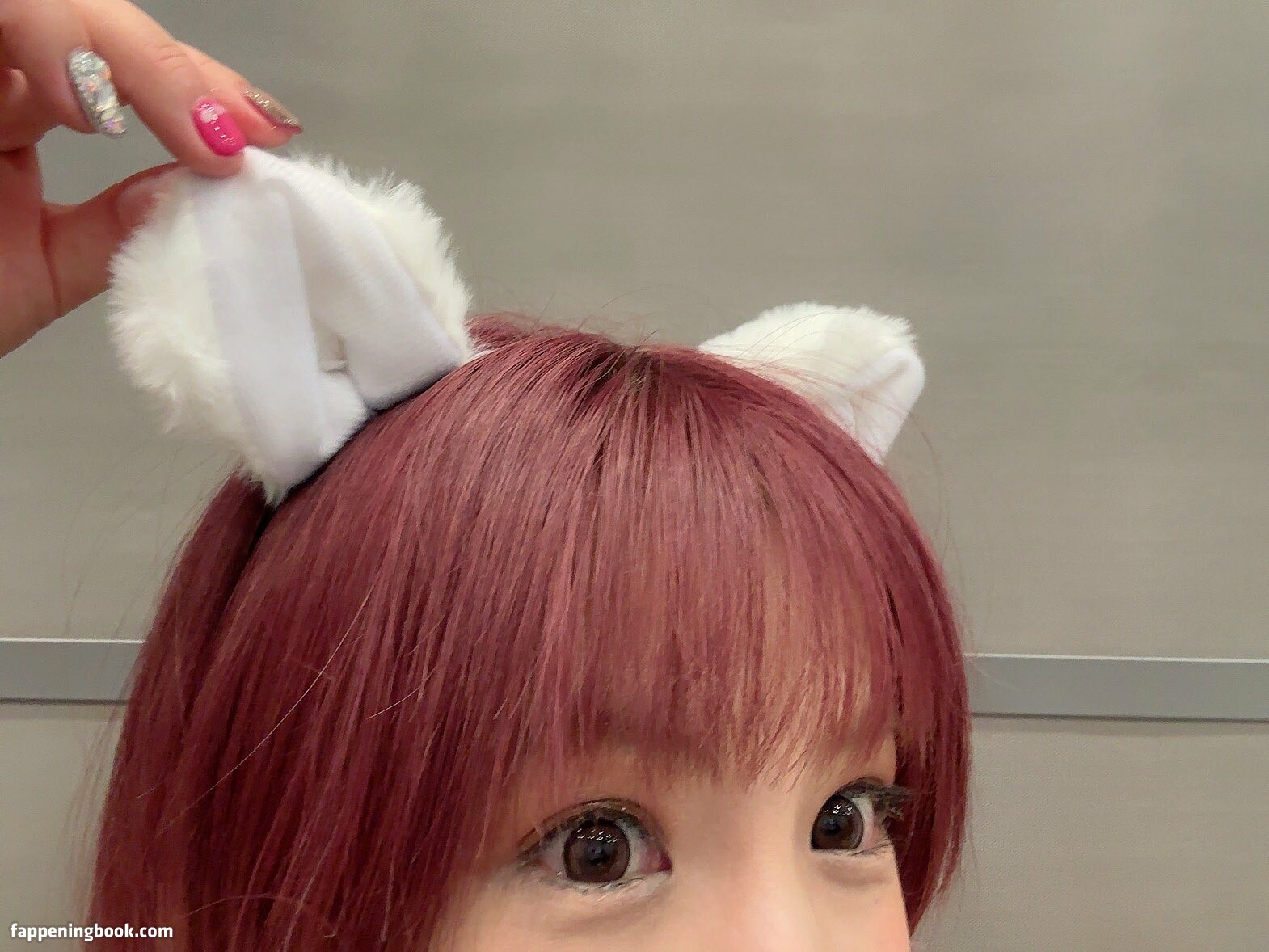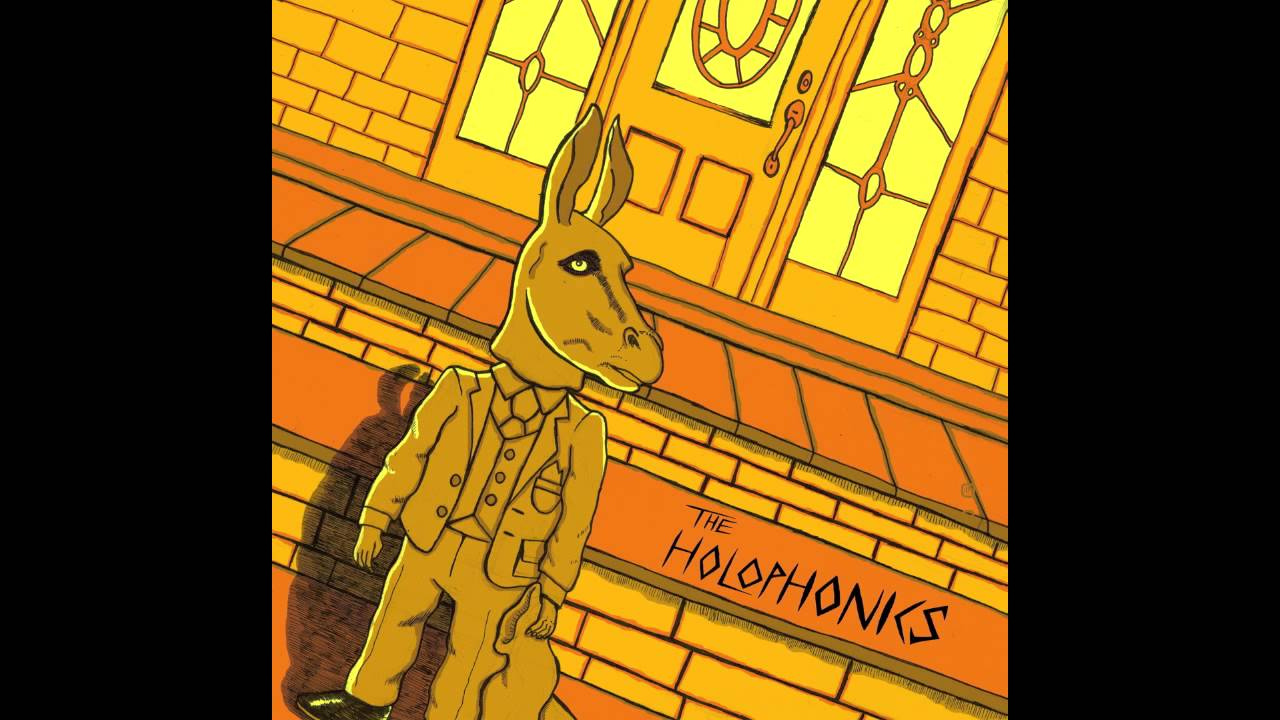Orihime Inoue Henti

The world of anime and manga has an extensive fan base, often creating a platform for diverse interpretations and expressions of the characters and storylines. One such interpretation is the creation of hentai fan art and content, which explores explicit and often erotic themes. This article delves into the phenomenon of Orihime Inoue Hentai, examining its origins, impact, and place within the larger anime and manga fandom.
Orihime Inoue: The Character

Orihime Inoue is a beloved character from the popular anime and manga series Bleach, created by Tite Kubo. She is introduced as a bubbly and cheerful high school student with a unique ability to manipulate time and space, making her a valuable asset to the Soul Reaper, Ichigo Kurosaki.
Orihime’s character development throughout the series is significant, transitioning from a seemingly average teenager to a powerful ally in the fight against evil. Her unique personality, marked by her optimism and determination, has made her a fan favorite and a key element in the Bleach universe.
The Emergence of Orihime Inoue Hentai

The concept of hentai, which literally translates to “perverted” in Japanese, has been a long-standing genre in anime and manga. It often involves explicit sexual content, catering to a specific audience within the fandom. The creation of hentai fan art and stories is a common practice, allowing fans to explore and express their creative liberties with their favorite characters.
In the case of Orihime Inoue, her popularity and the explicit nature of hentai have led to the emergence of various forms of fan-created content. This includes fan-made comics, illustrations, and animations, often depicting Orihime in explicit sexual situations.
Impact and Reception
The reception of Orihime Inoue hentai has been mixed. While some fans appreciate the creative liberties taken by artists, others view it as a disrespectful and inappropriate portrayal of a beloved character. The fine line between artistic expression and character integrity is often a subject of debate within the anime and manga community.
Despite the controversy, Orihime Inoue hentai has undoubtedly contributed to the character’s popularity and cultural impact. It has become a significant part of the Bleach fandom, with many fans actively engaging with and sharing this content online. The character’s transformation from a supportive role to a central figure in explicit fan art highlights her enduring appeal and the creative freedom allowed within the anime and manga community.
The Creative Process: Fan Art and Fan Fiction
Fan Art Evolution
Fan art has evolved significantly over the years, moving from traditional pen-and-paper illustrations to digital masterpieces. The advent of digital art tools and online platforms has democratized the creation and sharing of fan art, allowing artists to showcase their skills and interpretations of beloved characters like Orihime Inoue.
The process of creating fan art often involves a deep understanding of the source material, with artists paying close attention to character design, personality traits, and even subtle nuances in the original work. This attention to detail ensures that the fan art remains true to the character’s essence while also allowing for creative liberties and personal interpretations.
Fan Fiction and Storytelling
Fan fiction, another form of fan-created content, often explores untold stories and alternative storylines. In the context of Orihime Inoue, fan fiction writers create narratives that delve into her relationships, personal struggles, and sexual encounters. These stories can range from lighthearted romance to explicit eroticism, offering a diverse range of reading experiences for fans.
The writing process for fan fiction involves a deep understanding of the character’s motivations, relationships, and the world they inhabit. Authors often draw inspiration from the original work, expanding upon it to create new and engaging narratives. The collaborative nature of fan fiction, with readers providing feedback and suggestions, further enhances the creative process and the overall fan experience.
Orihime Inoue: A Cultural Icon

Orihime Inoue’s journey from a supporting character in Bleach to a cultural icon is a testament to her enduring appeal and the power of fan creativity. Her transformation into a central figure in hentai fan art and fiction has solidified her place in the anime and manga community, with her image and story continuing to inspire and captivate fans worldwide.
The character’s evolution also highlights the dynamic nature of anime and manga fandom. It showcases how fan engagement and creativity can shape and redefine characters, stories, and even entire genres. Orihime Inoue’s journey serves as a reminder of the power of fandom and its ability to keep beloved characters and stories alive and evolving.
Conclusion: The Future of Hentai and Fan Engagement
The world of anime and manga, with its diverse fandom and creative freedoms, continues to evolve and expand. The phenomenon of Orihime Inoue hentai is a testament to the passionate and imaginative nature of fans, who bring their unique perspectives and interpretations to the characters they love. As the anime and manga industry continues to grow and reach new audiences, the impact and influence of fan-created content, including hentai, will undoubtedly play a significant role in shaping the future of these beloved mediums.
What is Hentai in the context of anime and manga?
+Hentai, a term derived from the Japanese word for “perverted,” refers to a genre of anime and manga that features explicit sexual content and themes.
How has fan engagement shaped the anime and manga industry?
+Fan engagement, including the creation of fan art and fan fiction, has played a significant role in shaping the anime and manga industry. It has influenced character development, storyline expansions, and even the creation of new content and merchandise.
What is the impact of Hentai on the perception of anime and manga?
+The presence of Hentai in the anime and manga industry has had a mixed impact on its perception. While it has contributed to the genre’s popularity and provided a platform for artistic expression, it has also faced criticism for its explicit nature and potential to overshadow other aspects of anime and manga.



